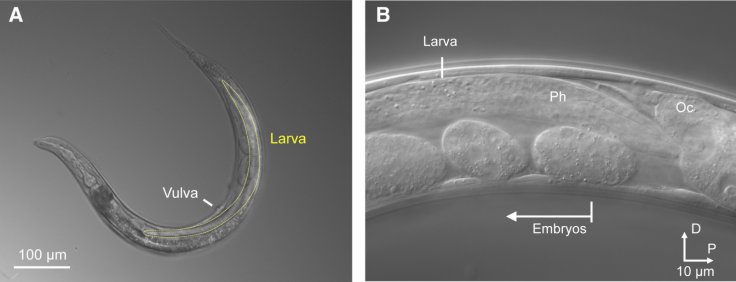
Caltech researchers identified a new worm species which has three different sexes along with a pouch which is identical to those of Kangaroos, in California.
The researchers, who found eight species of worms, noted that these creatures can survive 500 times of arsenic does, that would be enough to kill a human. They discovered these species in the arsenic-rich Mono Lake in California.
It should be mentioned that the lake where these creatures were found, is three times saltier than the Pacific Ocean. As per the team of researchers before discovering these worms there are only two species which were ever known to live in this salty water source and those are brine shrimp and diving flies.
While describing the characteristics of these worms, researchers said that all of them are unique, while some of them are predators and some are parasites.
The team stated that the lake in California is just one of the several extreme places on earth where the scientists have found nematodes, which are actually diverse animal phylum inhabiting a broad range of environments and these eight new worm species also belong to the phylum.
It should be noted that nematodes can survive in the bottom of the ocean, the Antarctic tundra, which occurs on Antarctica and even under the Earth's surface.
The researchers believe that these newly found worms might be genetically predisposed to survive in extreme conditions.
They also mentioned that if they can find out the secret about the survival of these worms in a harsh environment then it could lead to a breakthrough in human health.
Co-author James Siho Lee said in a statement that arsenic is a toxin which is generated naturally under the crust of the earth, dispersing into water sources worldwide and can poison those who drink it when levels are high.
The findings of this study were published in the journal Current Biology.









